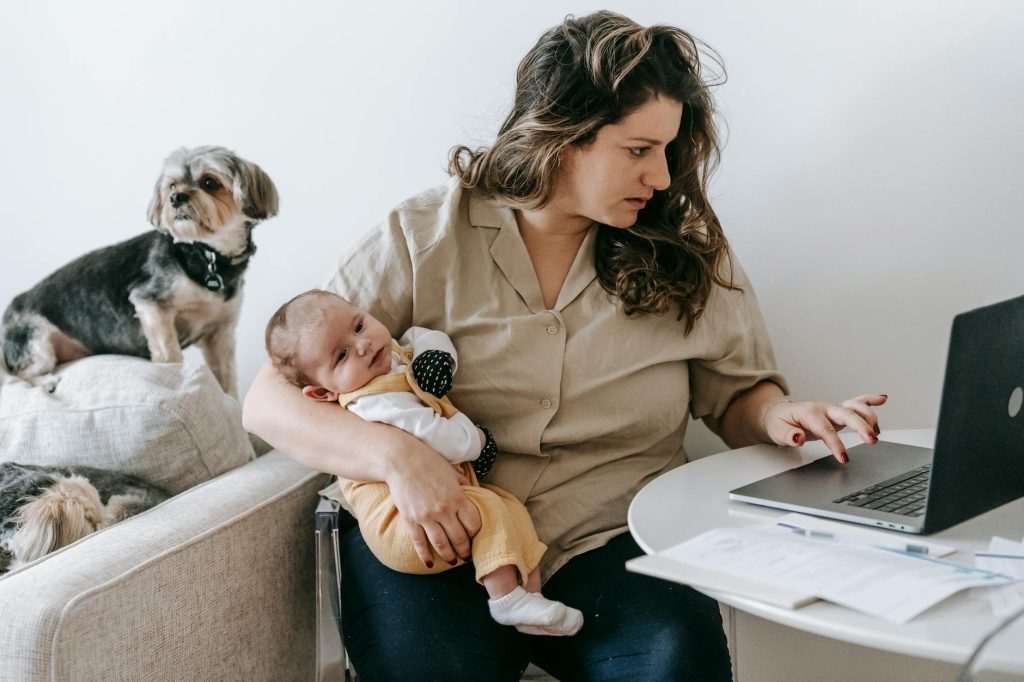
Bringing home a newborn is a joyous occasion, but what about your furry family members? 🐾👶 The thought of introducing your beloved pets to your new baby can be both exciting and nerve-wracking. Will they get along? How can you ensure everyone’s safety and happiness?
Don’t worry, pet parents turned human parents – you’re not alone in this adventure! With the right approach, your pets and your baby can form a beautiful bond that will last a lifetime. In this guide, we’ll walk you through the essential steps to create a harmonious household where your furry friends and your little one can thrive together. From preparing your pet for the new arrival to building lasting relationships, we’ve got you covered with practical tips and heartwarming insights.
Ready to embark on this pawsome journey? Let’s dive into the world of pet and baby harmony, exploring everything from that crucial first meeting to addressing common challenges along the way. Get ready to create a home filled with love, laughter, and lots of adorable photo opportunities! 📸❤️
Preparing Your Pet for the New Arrival

A. Gradual changes in routine
Preparing your pet for a new baby starts with slowly adjusting their routine. Begin by:
- Altering feeding times
- Modifying walk schedules
- Gradually reducing attention
This gradual approach helps your pet adapt without feeling overwhelmed.
B. Introducing baby-related items
Familiarize your pet with baby items before the arrival:
- Let them sniff and explore the crib, stroller, and toys
- Play recordings of baby sounds
- Use baby lotions and powders around the house
| Item | Introduction Method |
|---|---|
| Crib | Allow supervised exploration |
| Baby sounds | Play recordings during quiet times |
| Baby scents | Use lotions on yourself |
C. Addressing potential behavioral issues
Identify and address any existing behavioral problems:
- Jumping on people
- Excessive barking
- Aggressive tendencies
Work with a professional trainer if needed to ensure your pet is well-behaved before the baby arrives.
D. Training for gentle interactions
Teach your pet to interact gently with the baby:
- Practice “leave it” and “stay” commands
- Reward calm behavior around a baby doll
- Create positive associations with baby items
Remember, patience and consistency are key. With proper preparation, your pet can become a loving and protective companion for your newborn.
Creating a Safe Environment
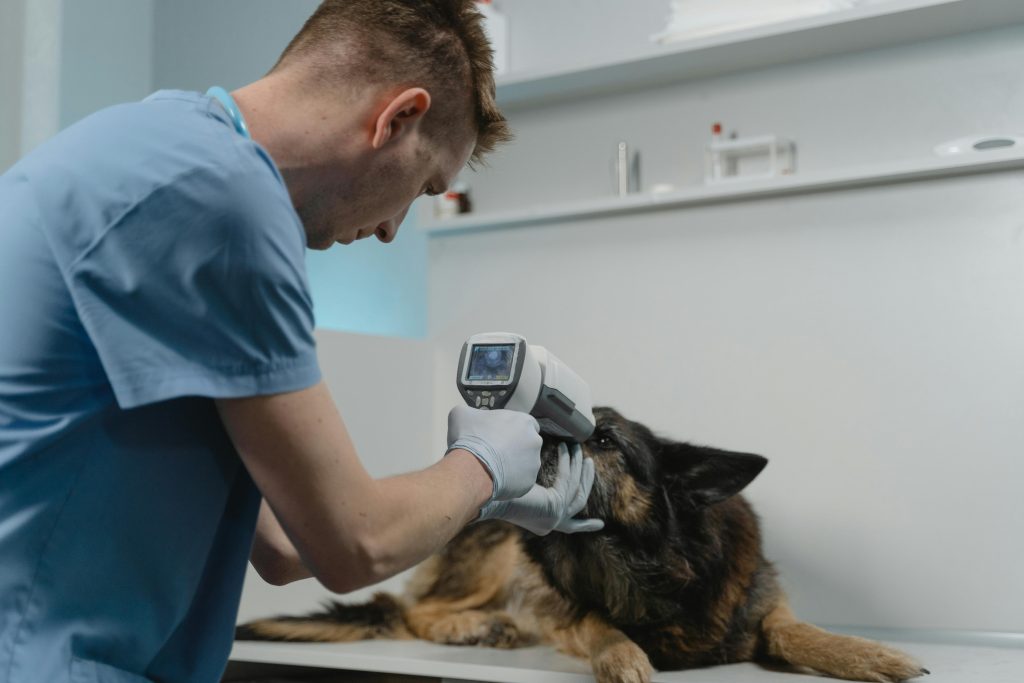
Pet-proofing the nursery
When creating a safe environment for your newborn and pets, start by pet-proofing the nursery. This crucial step ensures both your baby’s safety and your pet’s well-being. Here are some essential measures to take:
- Install baby gates to control pet access
- Keep cribs and changing tables away from windows
- Use cordless window treatments to prevent strangulation hazards
- Store all baby supplies in closed containers or high shelves
- Ensure all electrical cords are out of reach or secured
| Item | Potential Hazard | Solution |
|---|---|---|
| Diaper pail | Pet ingestion of diapers | Use a locking lid |
| Baby toys | Choking risk for pets | Store in closed containers |
| Rocking chair | Tail/paw injuries | Be cautious when using |
Establishing pet-free zones
Creating designated pet-free areas is essential for maintaining harmony between your pet and newborn. Consider the following:
- Designate the nursery as a strictly pet-free zone
- Use baby gates or closed doors to enforce boundaries
- Create a separate sleeping area for your pet
- Establish a quiet space for your pet to retreat when overwhelmed
Securing pet supplies and food
Properly securing pet supplies and food is crucial for your baby’s safety and your pet’s well-being:
- Store pet food in airtight containers out of the baby’s reach
- Keep litter boxes in areas inaccessible to your baby
- Secure pet medications in locked cabinets
- Wash pet bowls regularly to maintain hygiene
Now that we’ve covered creating a safe environment, let’s move on to the crucial moment of the first meeting between your pet and newborn.
The First Meeting
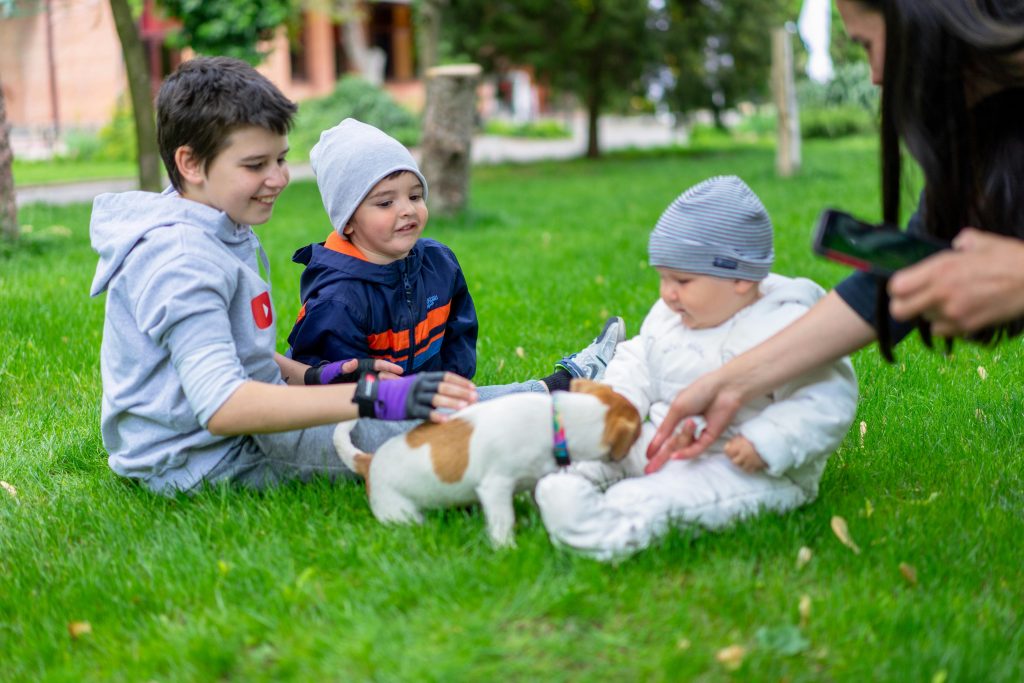
Controlling the initial encounter
When introducing your pet to your newborn, it’s crucial to manage the first meeting carefully. Start by allowing your pet to smell an item with the baby’s scent, such as a blanket or clothing. This helps familiarize them with the new family member’s odor before the face-to-face encounter.
Here are some key steps for a controlled introduction:
- Choose a calm, neutral space
- Keep your pet on a leash (for dogs)
- Have treats ready for positive reinforcement
- Allow the pet to approach the baby at their own pace
- Keep the initial meeting brief (5-10 minutes)
Reading your pet’s body language
Understanding your pet’s reactions is essential for a smooth introduction. Here’s a quick guide to common pet body language:
| Body Language | Dogs | Cats |
|---|---|---|
| Relaxed | Loose body, wagging tail | Upright tail, ears forward |
| Curious | Tilted head, perked ears | Slow blinking, tail up |
| Anxious | Tucked tail, whale eye | Flattened ears, low tail |
| Aggressive | Raised hackles, growling | Hissing, arched back |
Positive reinforcement techniques
Rewarding your pet for calm behavior around the baby helps create positive associations. Use treats, praise, and gentle petting when your pet shows interest without being overly excited. Gradually increase the duration of supervised interactions, always praising good behavior.
Supervised interactions
As your pet becomes more comfortable with the baby, allow for longer supervised interactions. Never leave your pet alone with the infant, no matter how well-behaved they are. These supervised sessions help build trust and reinforce positive behavior, setting the foundation for a lasting bond between your pet and your new baby.
Balancing Attention and Care
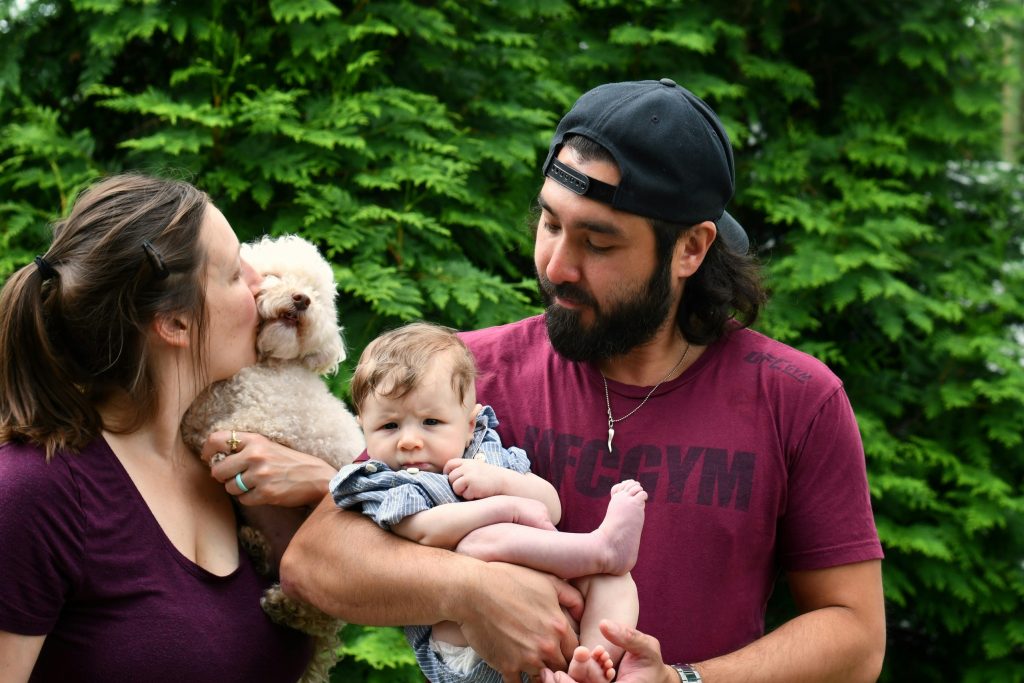
Maintaining your pet’s routine
Consistency is key when it comes to balancing the needs of your pet and your new baby. Maintaining your pet’s routine helps them feel secure and reduces stress during this transitional period. Here are some tips to keep your furry friend’s schedule on track:
- Stick to regular feeding times
- Maintain consistent walk or playtime schedules
- Continue grooming routines
- Keep their sleeping area unchanged
Including your pet in baby-related activities
Involving your pet in baby-related activities can help foster a positive relationship between your furry friend and your newborn. Consider these ideas:
- Let your pet observe diaper changes from a safe distance
- Include your pet during tummy time (under close supervision)
- Allow your pet to be present during feeding times
- Take family walks together with the baby and pet
Strategies for dividing time and affection
Balancing attention between your pet and baby can be challenging, but it’s crucial for maintaining harmony in your household. Here are some effective strategies:
| Strategy | Description |
|---|---|
| Multi-tasking | Cuddle your pet while feeding the baby or during naptime |
| Designated pet time | Set aside specific times for one-on-one interaction with your pet |
| Involve family members | Ask partners or older children to help with pet care |
| Quality over quantity | Focus on meaningful interactions rather than lengthy periods |
Remember, your pet may need extra reassurance during this time. Offer praise and treats when they exhibit good behavior around the baby. As your child grows, encourage gentle interactions between them and your pet, always under close supervision. This balanced approach will help create a harmonious environment for all family members, furry and human alike.
Teaching Your Child to Respect Animals
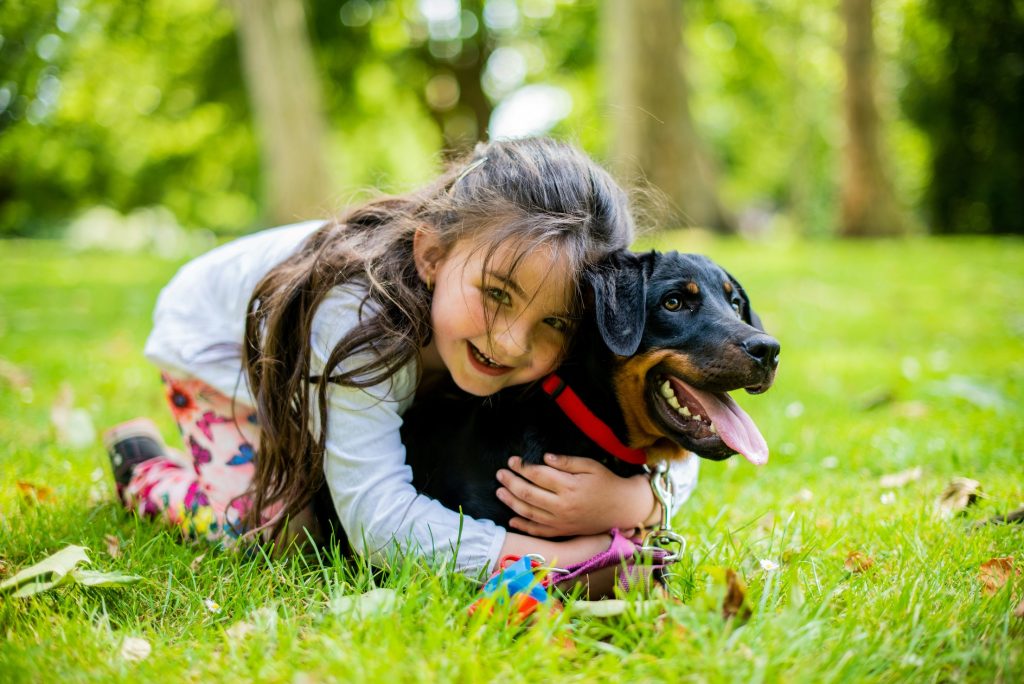
Modeling appropriate behavior
As your child grows, it’s crucial to demonstrate how to interact with pets respectfully. Children learn by observing, so your actions will shape their understanding of animal care. Always approach pets calmly, use gentle touches, and speak in a soothing voice. Show your child how to read the pet’s body language, explaining when the animal is happy, scared, or needs space.
| Do’s | Don’ts |
|---|---|
| Gentle petting | Pulling tails or ears |
| Calm approach | Sudden movements |
| Respecting space | Disturbing during meals or sleep |
Age-appropriate lessons on pet care
Involve your child in pet care activities suitable for their age. This fosters responsibility and empathy towards animals. Here’s a list of age-appropriate tasks:
- Toddlers: Helping to fill water bowls
- Preschoolers: Assisting with grooming (supervised)
- School-age children: Feeding pets or cleaning litter boxes
As they grow, explain the importance of regular vet check-ups, proper nutrition, and exercise for pets.
Supervising all interactions
Always supervise interactions between your child and pet, especially during the early years. This ensures safety for both and allows you to guide their relationship positively. Teach your child to recognize signs that the pet needs a break, such as turning away or moving to a quiet spot. Encourage gentle play and show how to offer treats safely. Remember, consistent supervision and guidance are key to fostering a respectful and loving bond between your child and pet.
Addressing Common Challenges
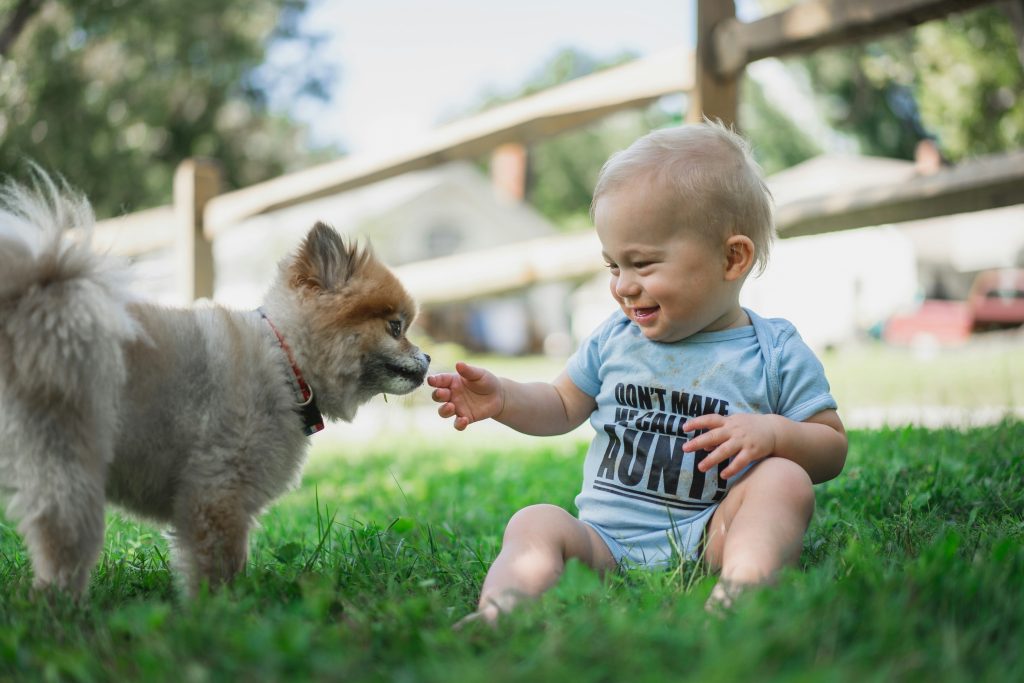
Dealing with jealousy
Jealousy is a common challenge when introducing pets to newborns. To address this:
- Maintain your pet’s routine as much as possible
- Involve your pet in baby-related activities
- Offer praise and treats when your pet behaves well around the baby
Managing noise sensitivity
Many pets can be startled by a baby’s cries. Here’s how to help:
- Gradually expose your pet to baby sounds before the arrival
- Create a quiet, safe space for your pet to retreat
- Use positive reinforcement when your pet remains calm during noisy periods
Handling hygiene concerns
Maintaining cleanliness is crucial for both pet and baby health:
| Area | Pet-related task | Baby-related task |
|---|---|---|
| Floor | Regular vacuuming | Designate clean play areas |
| Furniture | Use washable covers | Keep baby items separate |
| Toys | Separate pet and baby toys | Sanitize baby toys regularly |
Coping with allergies
If allergies become an issue:
- Consult with an allergist for proper diagnosis and treatment
- Increase house cleaning frequency, focusing on allergen removal
- Consider using air purifiers in main living areas and the baby’s room
Remember, patience is key when addressing these challenges. With consistent effort and positive reinforcement, most pets and babies can form a harmonious relationship. As your child grows, you’ll need to adapt your approach to ensure continued safety and bonding between your pet and your little one.
Building a Lasting Bond
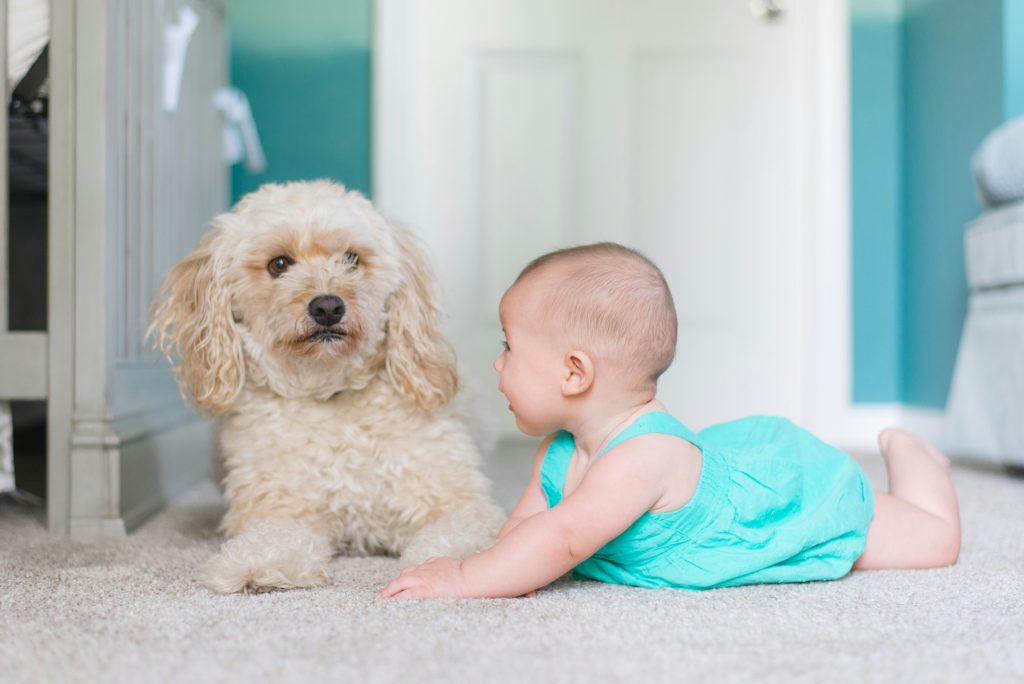
Encouraging positive associations
Creating positive associations between your pet and baby is crucial for building a lasting bond. Here are some effective strategies:
- Reward your pet with treats when they behave calmly around the baby
- Use a happy, upbeat tone when your pet and baby are together
- Involve your pet in baby-related activities, like diaper changes or feeding time
By consistently pairing your pet’s presence with positive experiences, you’ll foster a strong, loving relationship between them.
Shared playtime activities
Engaging in shared activities can strengthen the bond between your pet and child. Consider these age-appropriate ideas:
| Age Group | Activity Ideas |
|---|---|
| Infants | Supervised tummy time with pet nearby |
| Toddlers | Gentle petting sessions, rolling balls |
| Preschoolers | Simple fetch games, brushing the pet |
Always supervise these interactions to ensure safety and positive experiences for both your pet and child.
Creating photo opportunities
Capturing precious moments between your pet and baby not only preserves memories but also reinforces their bond. Try these photo ideas:
- Nap time cuddles (from a safe distance)
- Bath time with pet observing
- Holiday-themed photos with matching outfits
- Milestone markers with pet included
Remember to prioritize safety and comfort for both your pet and baby during photo sessions. These images will serve as heartwarming reminders of their growing relationship for years to come.
As your child grows, continue to nurture this special bond by teaching them about responsible pet ownership and the importance of treating animals with kindness and respect.
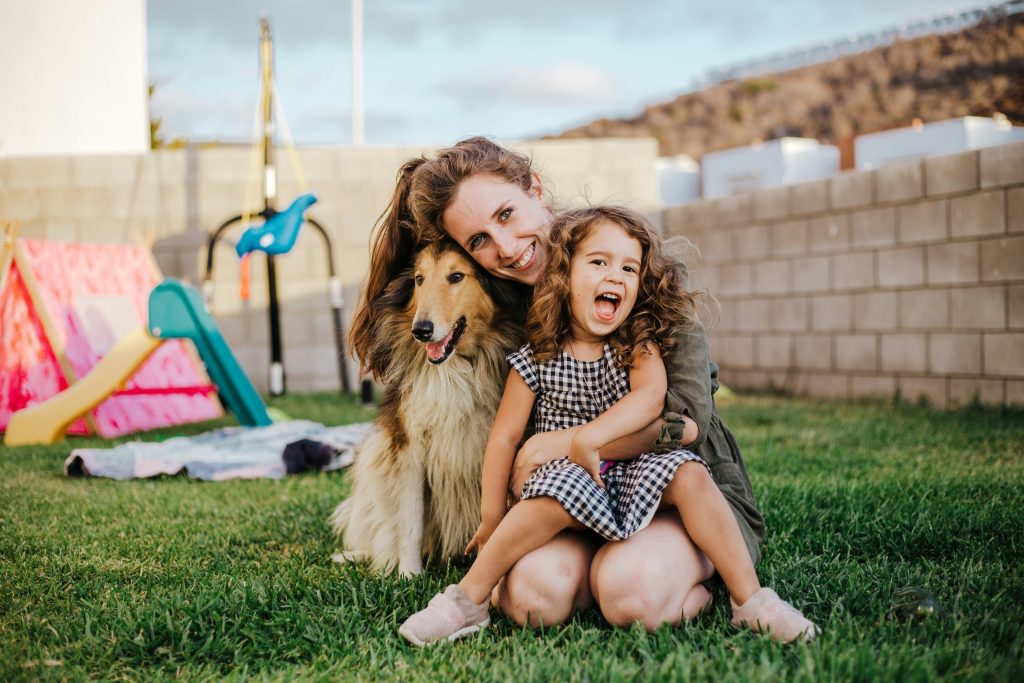
Introducing your pet to your newborn is a journey filled with challenges and rewards. By following the steps outlined in this guide, you can create a harmonious environment where both your furry friend and your baby can thrive together. From preparing your pet for the new arrival to teaching your child to respect animals, each step plays a crucial role in fostering a positive relationship between your pet and baby.
Remember, patience and consistency are key throughout this process. As your child grows and your pet adapts, you’ll witness a beautiful bond forming between them. This relationship can teach your child valuable lessons about empathy, responsibility, and unconditional love. By nurturing this connection, you’re not just ensuring a peaceful household, but also giving both your pet and your child a lifelong companion and friend.





